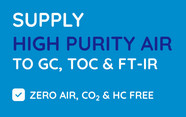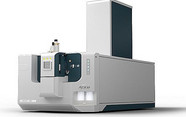How good is on-line zetapotential measurement in water treatment?

contributed by Malvern Panalytical |
Use at Aurora Water demonstrates feasibility, reduces chemical coagulant usage about 17 percent
The benefits of using zeta potential measurement to determine water-treatment plant-control strategies are extensively documented. Zeta potential is a measure of the charge on particles in a system and is known to correlate with coagulation performance. It’s already used for quality control and to optimize chemical flocculent addition.
Even more intriguing, however, is the idea of using zeta-potential as part of “on-line” continuous process monitoring and eventually, automated process control.
Zeta-potential monitoring benefits are illustrated by the experiences of Aurora Water, water-treatment utility for Aurora, Colorado. One Aurora Water facility uses zeta potential as both an off- and on-line tool. Results show how on-line technology can reduce chemical usage costs and simplify process operation.
Aurora Water provides water for about 340,000 people and has three water purification facilities in the metro Denver- Aurora area.
Some background
The chemical and physical processes employed at water-purification facilities eliminate harmful organic, inorganic and bacterial contaminants to meet potablewater quality standards. Yet many water-purification facilities can’t respond rapidly or efficiently to raw water chemical- or physical-characteristic fluctuation; nor can they assess the system alteration impacts on purification performance.
Typical water treatment begins with physical contaminant removal via sedimentation. Gravity separates out suspended material. In other words, once particles reach a certain mass, the gravitational forces inducing sedimentation are sufficient to offset the surfacechemistry interactions keeping them in suspension. The result is sedimentation of the contaminated material, i.e., its separation to the tank bottom.
Log in or register to read this article in full and gain access to The Analytical Scientist’s entire content archive. It’s FREE!

















